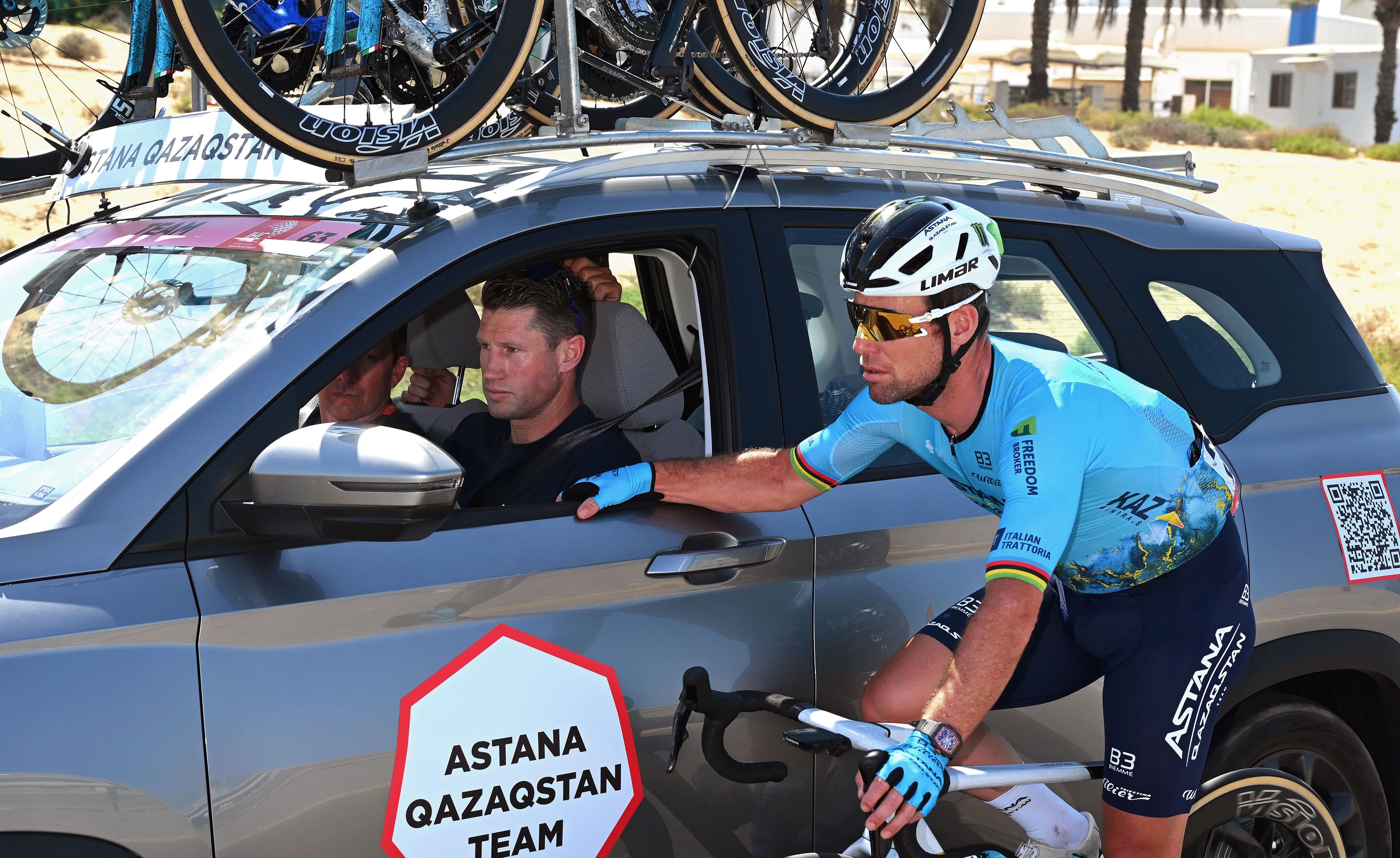US domestic riders, directors react to Horner deal
Veteran's return raises questions among US peloton
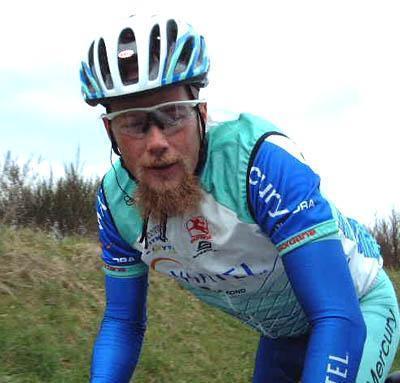
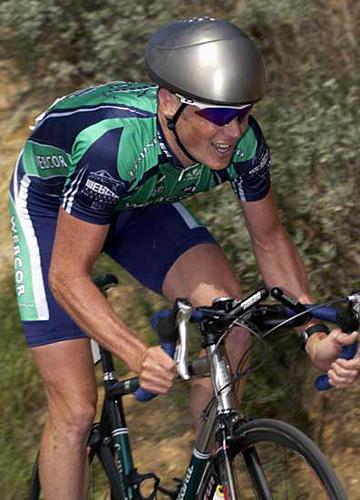
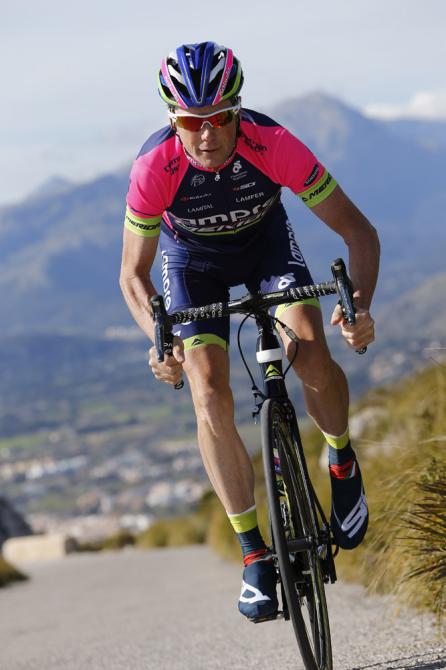
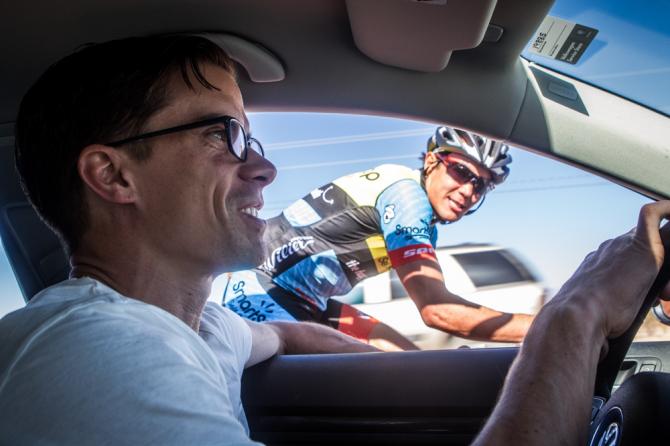
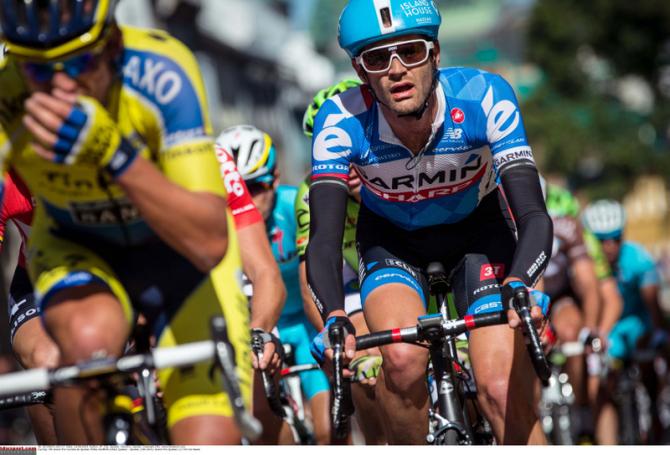
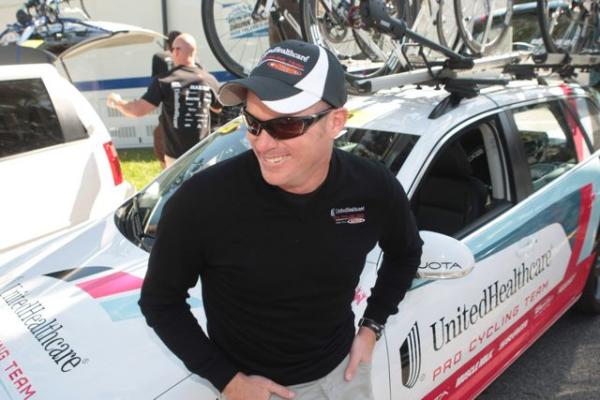
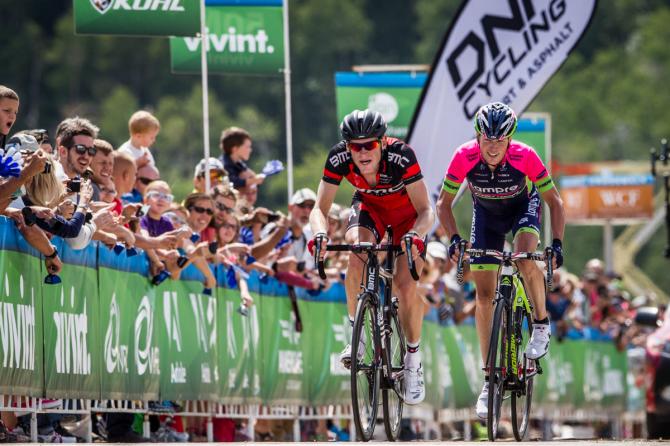
The recent announcement that 2013 Vuelta a España champion Chris Horner had signed with Airgas-Safeway, a second-year UCI Continental team, ended months of speculation over his future while simultaneously sending mild tremors through the US peloton.
Immediate talk centered on how the upstart team could have landed the 43-year-old Grand Tour veteran, then riders and directors from the US domestic teams quickly came to grips with the fact that one of the most prolific winners the US domestic peloton has ever known could soon be back in his old stomping grounds.
Airgas-Safeway principle Chris Johnson recently told Cyclingnews that Horner and the team would target select races in the US rather than focusing on USA Cycling's National Racing Calendar, which Horner won in 2002, 2003 and 2004. Nevertheless, domestic riders and directors are already considering how Horner's presence might affect dynamics on the US circuit when he does roll up to the start line.
“We haven't had a lot of time to do the how-to-beat-Chris-Horner math, but frankly, I plan to kick his ass every time he tries,” said Phil Gaimon, the 2012 Redlands Bicycle Classic winner who spent this season with Garmin-Sharp before signing with Optum Pro Cycling for next year.
“We have climbers, we've got time trialists, so that's going to be the way we win, I guess, is on depth,” Gaimon said. “We'll be able to isolate him, I imagine. But I'm sure it will be a chance for his teammates to step up and have a little more motivation, too. … Everyone who is racing in the US next year has a little more reason to train hard this week, because now Horner's here.”
Dominated US racing in the early 2000s
Although many current followers of cycling are likely familiar with Horner's most recent exploits in Europe, they may not be familiar with the depth of Horner's past experience and success in the US.
The latest race content, interviews, features, reviews and expert buying guides, direct to your inbox!
Horner started his professional cycling career with NutraFig toward the end of the 1995 season when he was 23 years old. During his first full season with the team in 1996, he put together a string of early season wins and then capped it with a stage victory at the Tour DuPont.
Horner followed the DuPont result a week later at the Microsoft Grand Prix in Seattle, the first leg of the 1996 Olympic trials. Sporting a ponytail and black, full-finger gloves on a short-sleeve day, a doggedly determined Horner won the race ahead of Motorola teammates Frankie Andreu, Kevin Livingston and George Hincapie, along with the cream of American racing.
News of the results made its way across the Atlantic, and Horner moved to Europe with Française des Jeux for three seasons starting in 1997 through 2000. His time with the French team was a disappointment, however, and Horner came back to the US in 2000 with Mercury, riding there until the team's collapse at the end of 2001. Horner won the Redlands Bicycle Classic for the first time with Mercury in 2000, and he took the overall at the Tour of Langkawi that same year.
Over the next three seasons, while riding with Prime Alliance, Saturn and then the upstart Webcor Builders team, Horner won Redlands three more times, Sea Otter Classic twice, Fitchburg Longsjo Classic, Tour de Georgia, San Francisco Grand Prix and the International Tour de Toona.
Horner topped the USA Cycling National Racing Calendar individual rankings three times, and he finished second at the US time trial championships in 2002 and at the US criterium championships in 2003. He also finished third overall at the 2004 Tour de Georgia behind Lance Armstrong, whose result has since been vacated, and Jens Voigt.
Horner punched his ticket back to Europe at 32 years old by finishing eighth later that fall at the world championship road race won by Óscar Freire. He signed with Saunier Duval following the race and continued with the Spanish team through the end of 2005. Stints with Lotto, Astana, Radioshack and Lampre-Merida followed, taking him through this season and his 43rd birthday in October.
When and where will he race?
Johnson, the Airgas-Safeway general manager, told Cyclingnews the team is still confirming its 2015 schedule, but the season will likely start with some racing in Asia before targeting invitations to the big UCI stage races in California, Utah and Colorado, along with one-day races like the national championships and the Philly Cycling Classic.
Horner won the Tour of California in 2011, and he finished second to Garmin's Tom Danielson twice at the Tour of Utah over the past two seasons, so those two UCI 2.HC races will be obvious targets next year. Johnson said the team is hoping to start its season with an invitation to another race Horner has won, the Tour of Langkawi in March. That leaves time to compete at the NRC opener at Redlands in April.
Horner last rode an NRC event at the 2009 Tour of the Gila, competing with the three-man Mellow Johnny's composite team made up of himself and Astana teammates Armstrong and Levi Leipheimer. It's unclear at this point, however, how many of the lesser domestic races Horner and Airgas-Safeway will contest next season.
Johnson said Airgas-Safeway will go to the races that make sense for the team, including occasional regional events, but it won't follow the entire NRC circuit. Nevertheless, some tempting domestic targets remain out there for Horner, who has the opportunity to add a record fifth win at Redlands. He's also never taken home the overall crown at the Cascade Cycling Classic in his hometown of Bend, Oregon.
How will they beat him?
Team SmartStop director Mike Creed, whose first-year stage racing team won a national championship this year with Eric Marcotte and the NRC individual title with Travis McCabe, said Horner's presence in domestic races next year would change things significantly. He echoed Gaimon's thoughts about trying to make Horner earn the results on his own.
“You have a guy who can obviously, on the right climbs, just take off on everybody,” said Creed, who rode with Horner on Prime Alliance in 2002 and then beat him at the 2004 Cascade Cycling Classic when Creed rode for US Postal and Horner was on Webcor.
“The climbing this year was pretty competitive,” Creed said. “But with Horner, if he's on form, he can just do as he wishes. So it will definitely add a dynamic where the teams are going to have to try and isolate him as much as possible and not be caught out in that isolation. So we would have to basically get up the road as quick as possible. I mean really attack as quick as possible.”
Airgas-Safeway has added several other Continental-level veterans for next year, but the majority of the team is young and inexperienced. That lack of depth could be a problem for Horner at some of the bigger UCI races with WorldTour competition, but it might be less of a factor in national or regional events.
“If the team gets invited to the Tour of Utah and he wants to win the Tour of Utah, then yeah, it's going to be definitely harder,” Creed said. “If it's a race like Gila it might not be that hard, because there are just a few hard summit finishes, and if he gets enough time then the team basically just has to ride tempo for a few days. That won't be that hard for him. But a race like Redlands, which is really hard to control, that would be difficult. But Horner is really good tactically, and he can figure things out.”
Creed also advised against underestimating the rest of Airgas-Safeway's riders.
“It's really similar to Prime Alliance,” Creed said. “We were some pretty unknown guys on that team, but when you have six to seven guys completely committed to riding their bikes as fast as they can as long as they can, that commitment goes a long way. People are quick to underestimate that.”
What are his ambitions?
Horner has been fairly quiet since the team announced his signing on December 1, but in a statement released by the team, Horner said this chapter of his career is no longer just about what he can do as an individual, but what he can give back to cycling as well. Horner said he was drawn to Airgas-Safeway because of its commitment to the next generation of riders. But not everyone was completely buying Horner's new development mission.
“Isn't that adorable,” Gaimon said. “A lot people say that, a lot of people believe that. I've gone to races where I say, 'I don't care about this race. I'm going to help my friends out.' But it's a bike race and you're a bike racer. You're going to want to go for it.
“If one of his teammates is ever better for a race, I could see Chris throwing down for him, but I don't see that ever happening,” Gaimon said. “No offense to the guys on Airgas, but I mean if he joined Optum there would be very few situations where we wouldn't be working for Horner, because that's how good he is.”
The benefit of having Horner on the development team, Gaimon said, was the chance that Airgas-Safeway and its riders could get invited to some of the bigger races that they would otherwise have to sit out.
But Gord Fraser, the Silber Pro Cycling director who was Horner's teammate on Mercury, said even if the younger riders sacrifice their own results to work for Horner, the older rider's presence on the team will accelerate their development.
Fraser was previously the director or RealCyclist.com when former ProTour rider Francisco Mancebo came aboard. At the time, the team had a roster full of young and inexperienced riders similar to the current roster at Airgas-Safeway. Fraser said having a rider capable of winning every race expedited the other riders' lessons in responsibility and accountability.
“They're not just going to be able to sit-in and be conservative,” Fraser said. “They're going to have to get out there and race with a purpose, especially with a guy like Chris on board. I think it will galvanize the direction and the tactical sense of the team, and it will bring those guys along faster than normally.
Horner is a keen tactical rider, Fraser said, and focusing one one team goal, like defending a leader's jersey, can help young riders concentrate on putting out the maximum effort. “I think more often than not they'll probably surprise themselves on what they can actually do.”
Young team aside, Creed said, Horner's results in the US this season will come down to his own ambitions. “I'm sure he's won most races in the States. It's all on his ambition. If he's ambitious and wants to win, then I wouldn't bet against him.”
Is he good or bad for domestic racing?
Like many riders of his generation, doping allegations tied to Horner have grown along with his career, although he has never tested positive or been publicly linked to any investigations. The veteran of 12 Grand Tours has both supporters and detractors; several teams that Cyclingnews previously spoke with about his future said they had no interest in signing Horner, while others would have jumped at the chance if they'd thought they could have afforded his contract.
Although several people did not respond to Cyclingnews' request for a comment for this article, those who did had a generally sunny outlook about the effects Horner's move could have on US domestic racing next year.
“It goes both ways, like everything else,” Gaimon said. “It's difficult for an up-and-coming young American, or an old washed-up American like me, or whatever, it's tough for someone who is on the NRC circuit to now have to race against a guy who is clearly – against his own will – racing below his level. Chris is sandbagging, but it's not like it was his choice. He's got to race his bike.
“So that's kind of a bummer,” Gaimon continued. “But it also legitimizes the races here. If the best guy to beat here was me – if someone wins a race because they beat me next year – then that's probably not going to be too impressive for their next contract. But if they beat Horner at Redlands, well now that's impressive. So even if he beats us 10 times, the one time that somebody beats him, it's going to mean that much more. So I think it will come out in the wash and be just as good as it is bad.”
Creed said he expects next season to be “interesting,” while Fraser said he couldn't see Horner bringing anything but good things to a team like Airgas-Safeway.
“And the biggest thing for me: it's a new team and a new sponsor in the sport with Safeway,” Fraser said. “That's a big company, and that's really healthy for the sport to have a title sponsor like that. It's just great news that there's a new player on the US domestic scene. We could use a few more of these new sponsors and new teams stepping up the way they seem to have, so, yeah, thumbs up.”
Fraser obviously supports Horner's move, but he said the most surprising thing about Horner's current circumstance is that the 43-year-old still has the drive to race at all. During an interview with Cyclingnews, Fraser recalled racing with Horner in Florida more than 20 years ago. Fraser chuckled at the thought of it, then admitted he believes Horner has “quite a few miles left on the odometer.”
“The thing is with Chris, he's so stubborn,” Fraser said. “If he feels like he has unfinished business, he's definitely got that stubbornness to see it through. If someone says he can't do something, like I said, he's got that stubborn streak in him. He'll show them right.”
Growing up in Missoula, Montana, Pat competed in his first bike race in 1985 at Flathead Lake. He studied English and journalism at the University of Oregon and has covered North American cycling extensively since 2009, as well as racing and teams in Europe and South America. Pat currently lives in the US outside of Portland, Oregon, with his imaginary dog Rusty.
